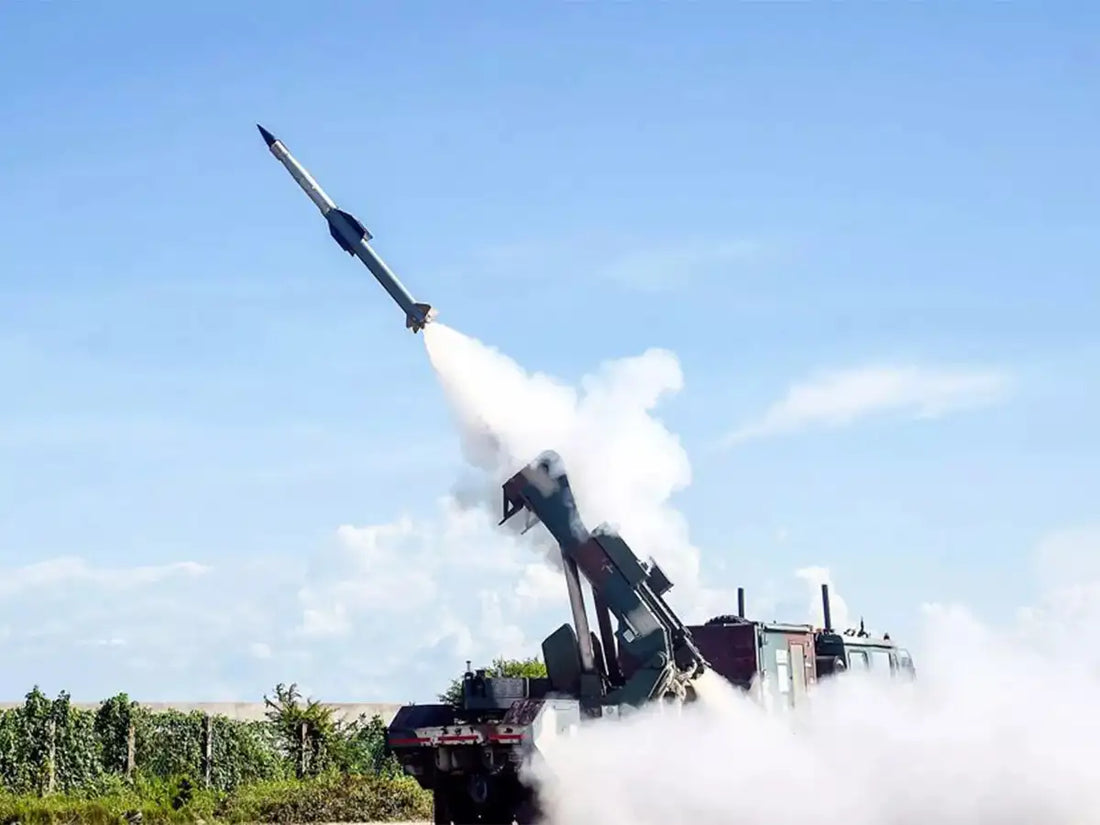Indian Army Issues ₹30,000 Crore Tender for Indigenous ‘Anant Shastra’ Missile Systems

In a significant effort to enhance defence self-reliance and aerial security along its borders with Pakistan and China, the Indian Army has announced a major tender. Worth approximately ₹30,000 crore, this tender has been awarded to state-owned Bharat Electronics Limited (BEL) for the procurement of the 'Anant Shastra' surface-to-air missile systems, which have been developed by the Defence Research and Development Organisation (DRDO).
This project plans the integration of five to six regiments of these advanced missile systems, previously known as the Quick Reaction Surface-to-Air Missile (QRSAM). Officials noted that the newly acquired systems will be strategically deployed along both the western and northern borders, reinforcing the Army's Army Air Defence (AAD) network.
Key Highlights:
| Aspect | Details |
|---|---|
| Boost to Indigenous Defence | The tender follows clearance from the Defence Acquisition Council, soon after Operation Sindoor, where Army Air Defence units played a critical role in neutralising Pakistani drone incursions. |
| Operational Edge | With a range of about 30 km, Anant Shastra can search, track, and engage aerial threats on the move, firing even during short halts. |
| Complementing Existing Systems | The system will work alongside the MRSAM and Akash missiles, expanding the Army’s short-to-medium range defensive umbrella. |
| Extensive Trials | The missile system has been tested under day and night operational scenarios, proving its reliability in diverse conditions. |
| Integrated Defence | The Army AAD currently operates MRSAM, Akash, L-70, Zu-23 guns, and works jointly with the IAF’s Spyder and S-400 systems for layered defence. |
In a four-day conflict with Pakistan in May, where Islamabad deployed drones of Chinese origin, Indian Army air defence teams effectively neutralized most hostile UAVs using L-70 and Zu-23 guns, with additional support from Akash and MRSAM missile systems. The performance of AAD in this operation expedited the decision to advance the induction of Anant Shastra.
The Army is also upgrading its air defence capabilities with new radars, VSHORAD systems, jammers, and laser-based anti-drone weapons to address potential threats, particularly from drones originating from Turkey and China in Pakistan's arsenal.
Army Chief General Upendra Dwivedi has consistently advocated for greater self-reliance in defence, emphasizing the importance of upcoming indigenous systems such as the Zorawar light tank and advanced air defence technologies as vital elements in the Army's modernization efforts.



















